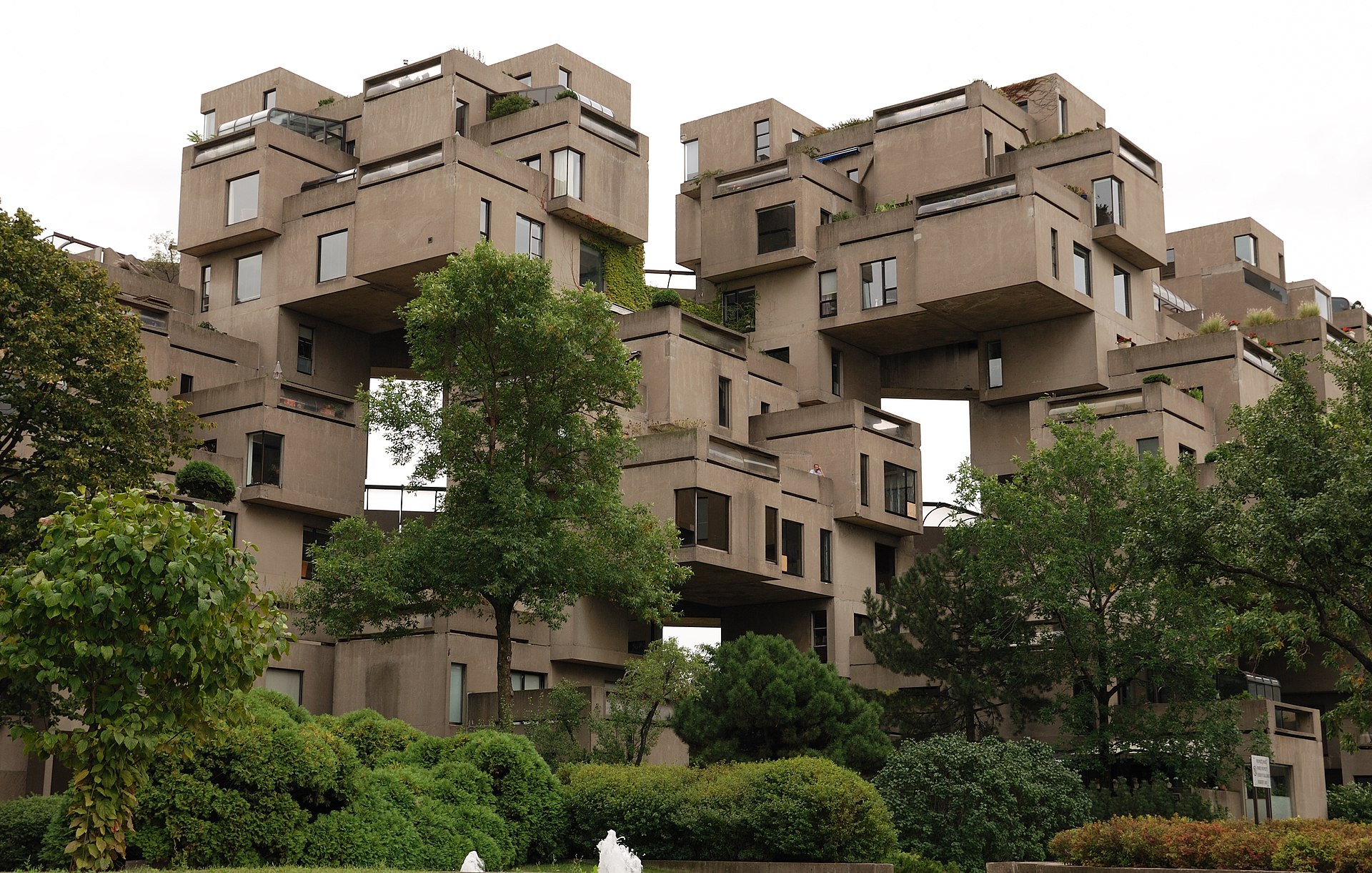Duo Dickinson seems to have discovered the stacked box fad in a recent post on Common\Edge. Well, duh. In April 2009 I wrote a Slate column about “The Jenga Effect.” It was prompted by 56 Leonard Street, a New York apartment building designed by Herzog & De Meuron. Of course, what looked like a pile of stacked boxes was actually a conventional high-rise with cantilevers and setbacks. I think what attracted architects to stacking was the appearance of shakiness; architects in the past had always aimed at solidity, so why not go the other way? The granddaddy of stacked buildings was Habitat 67, but as I pointed out, Moshe Safdie’s stacked boxes were real boxes (of prefabricated concrete), and the stacking had a functional and structural logic. “While the rather loose arrangement appears random, it maximizes views from within the houses and provides one or more garden terraces for each unit. And the pyramidal stack looks very solid.”

